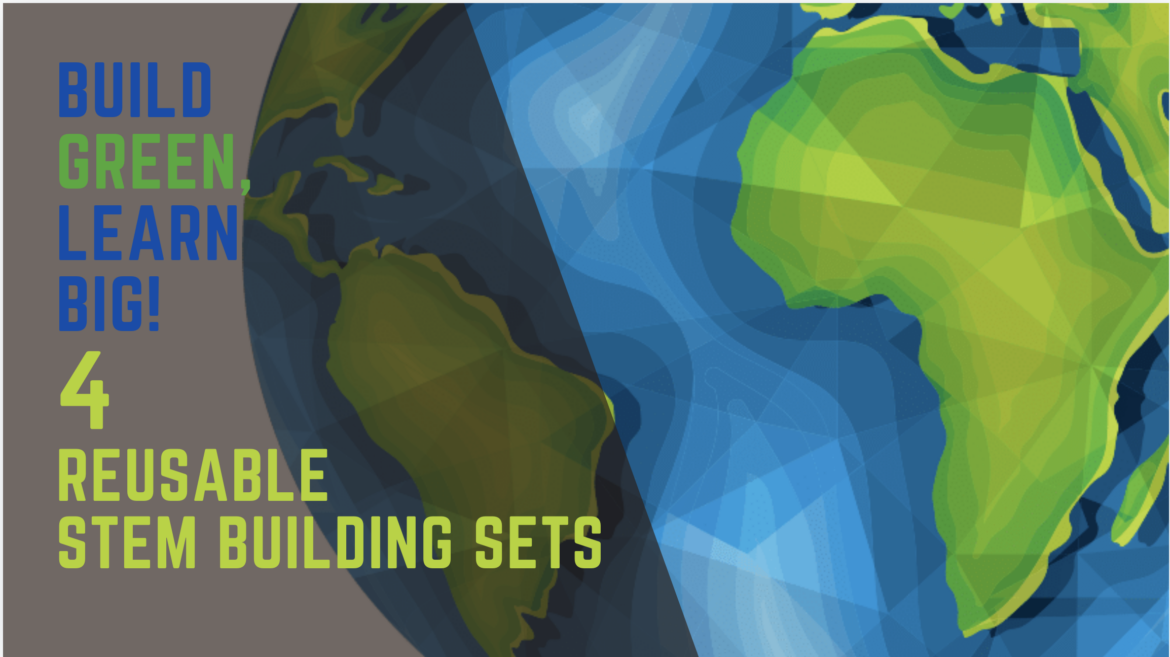In today’s classrooms, fostering creativity and exploration goes hand-in-hand with fostering a love for our planet. This is where reusable building materials shine! Not only are they kind to the Earth by reducing waste, but they are also cost-effective in the long run. Here are four fantastic options for sustainable building.
KEVA Planks
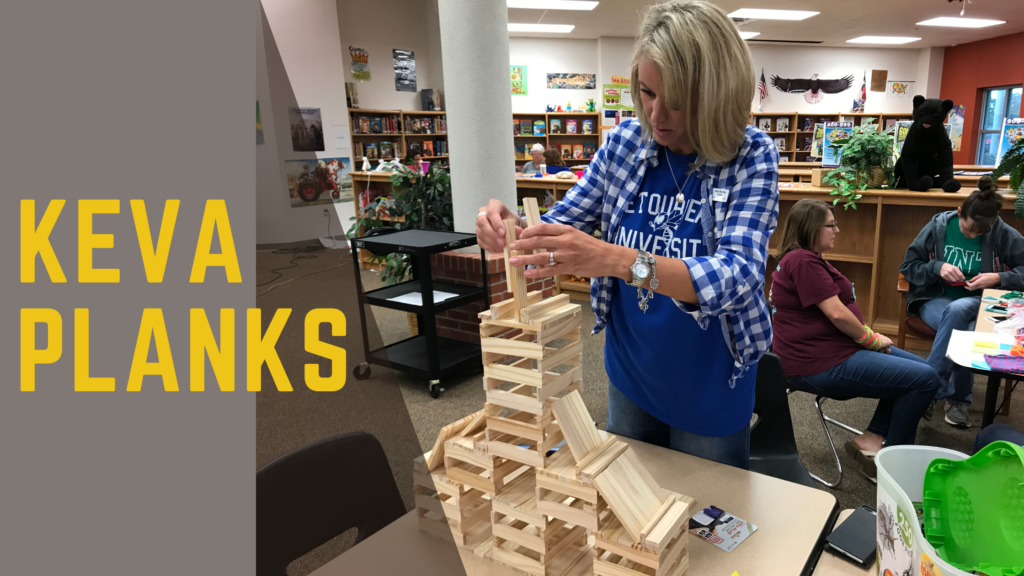
Design: KEVA Planks are maple or pine rectangular wooden blocks. They come in one standard size (approximately 1/4 inch thick, 3/4 inch wide, and 4 1/2 inches long) and lack any connecting mechanisms.
Open-Ended Play: The beauty of Keva Planks lies in their simplicity. Without snaps, hooks, or specific building instructions, they encourage open-ended play and creative exploration. Students can use them to build towers, bridges, ramps, intricate structures, or anything their imaginations conjure.
Classroom: The KEVA Planks website has tons of ideas and an educator section that includes classroom information, grant information, and a free downloadable educator guide. The KEVA Planks YouTube channel has 152 videos in categories such as KEVA Ed for Teachers, KEVA Ed for Kids, Ball Runs, and Speed Builds.
Cost: After registering as an educator and creating an account, educator discounts are available for volume purchasing. 1,000 educator pack with wood bin is $500.00.
Sustainability: Made from natural wood, Keva Planks are an eco-friendly choice for classrooms. They’re also incredibly durable, meaning they can be used by countless students over time, minimizing waste.
LEGO Bricks
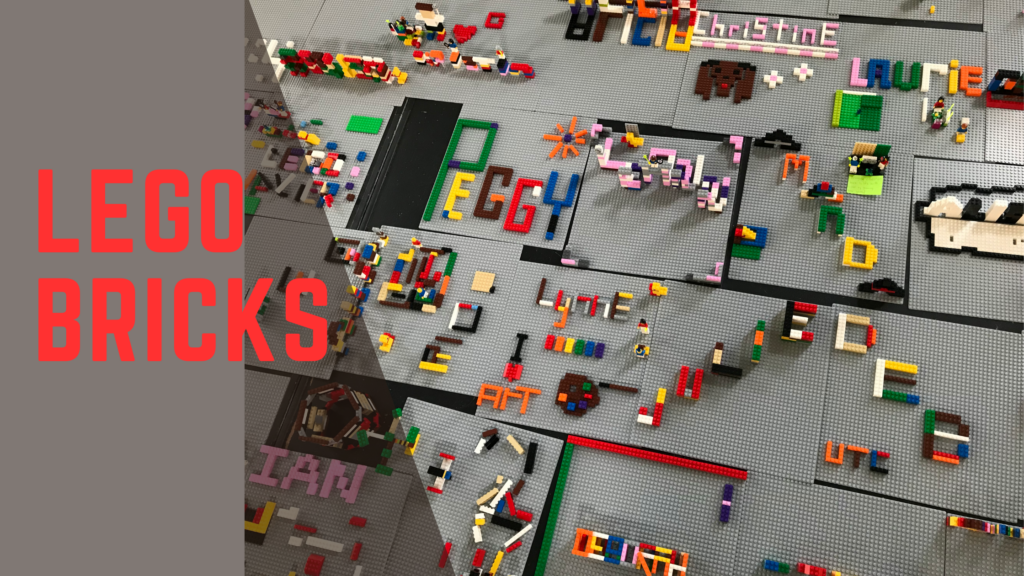
Design: LEGO bricks are brightly colored, interlocking blocks that snap together with a satisfying click. The only downside? Speaking from experience, those little bricks can be rough on bare feet. LEGO and DUPLO® bricks are made from ABS (Acrylonitrile Butadiene Styrene), which is a hard plastic, very scratch-resistant and optimal for achieving the perfect clutch connection.
Open-Ended Play: LEGO bricks epitomize the perfect blend of simplicity, open-ended play, and foundational engineering concepts. While building, children (and adults!) experiment with different shapes, sizes, and connection points, unknowingly developing spatial reasoning and problem-solving skills. They learn basic engineering principles like balance, weight distribution, and even rudimentary physics as they create towering structures and complex mechanisms.
Classroom: LEGO has several robotic systems made with LEGO parts and pieces. For the regular brick, many websites have been created for lessons and activities for the classroom:
- Follow Erik Murray on Twitter/X. I quote, he is the “Instigator of Learning. Trying to find a better way to engage everyone in STEM.” He has great ideas and many include LEGO bricks.
- Little Bins for Little Hands is also a great resource for all kinds of LEGO challenges.
- Get your free Mars Mayhem Disaster Cards from TCEA (These cards can be used with any building materials, not just LEGO bricks.)
- Frugal Fun for Boys and Girls from Sarah Dees. She is an educator (BSE in Special Education) and a published author, and she has a passion for creating engaging hands-on activities for kids!
Cost: STEAM School Kit includes 4,000 pieces and curriculum aligned lessons and activities for $700.00.
Sustainability: Not traditionally considered eco-friendly because of their environmental impact, but LEGO bricks are durable and can be passed down or rebuilt into new creations for generations, minimizing waste. By 2032, LEGO’s ambition is to make LEGO products from materials that are renewable and recycled. Insider tip: Watch nearby garage sales and request donations from your students’ parents and grandparents. For sure, some will have LEGO bricks stashed somewhere in their house and would be willing to donate to your classroom.
Nurcs
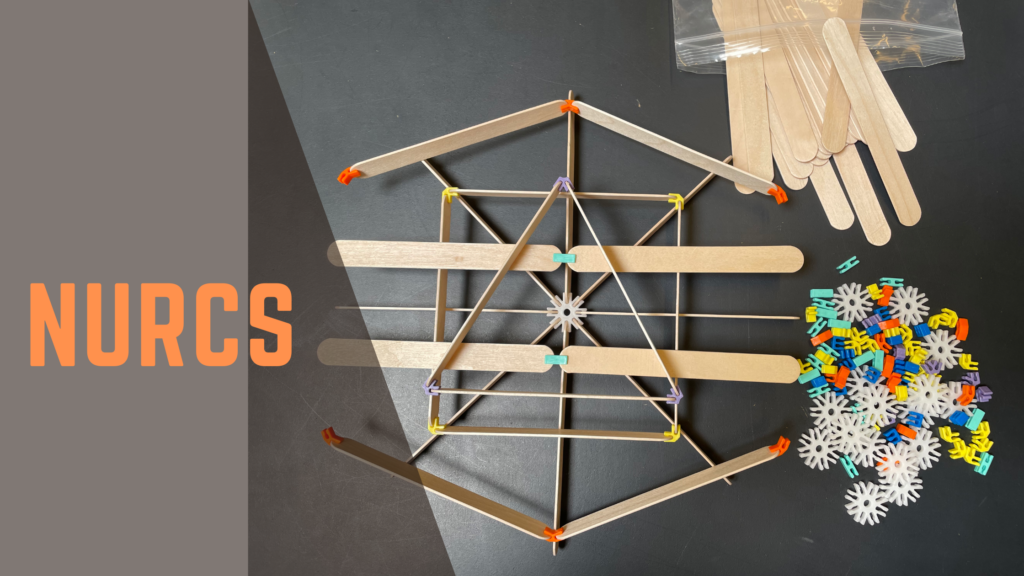
Design: Nurcs are reusable connectors specifically designed for craft sticks. With a variety of colors and angle shapes, they snap onto craft sticks. The plastic connectors come in six distinct styles: 60°, 90°, 135º, 180º, 360º, and E-shape couplers).
Open-Ended Play: The diverse connector shapes and the endless possibilities of craft sticks ignite creativity and encourage children to design their own unique structures, characters, and anything their imaginations conjure.
Classroom: Nurcs can be used across various subjects, from geometry and physics to art and storytelling. Teachers can create engaging activities that spark curiosity and make learning a fun and rewarding experience. The website also has a Gallery page where builders can send in their creations to be shared with other creators. While working with craft sticks, one can now ditch the messy glue, tape, and hot glue burns.
Cost: Nurcs are fairly new and offer two buying options. A Starter Pack of 300+ Nurcs Connectors and 200 Nurcs Craft Sticks will cost $20.00. The other option is a Bag-o-Nurcs with 300 connectors for $15.00.
Sustainability: Nurcs embrace sustainable building by promoting the reuse of everyday materials. By replacing tape and glue with reusable connectors, Nurcs minimize waste and encourage responsible making practices. Nurcs are durable and designed for long-term use. This not only saves money but also reduces the environmental impact associated with constantly replacing disposable crafting or building materials.
Strawbees
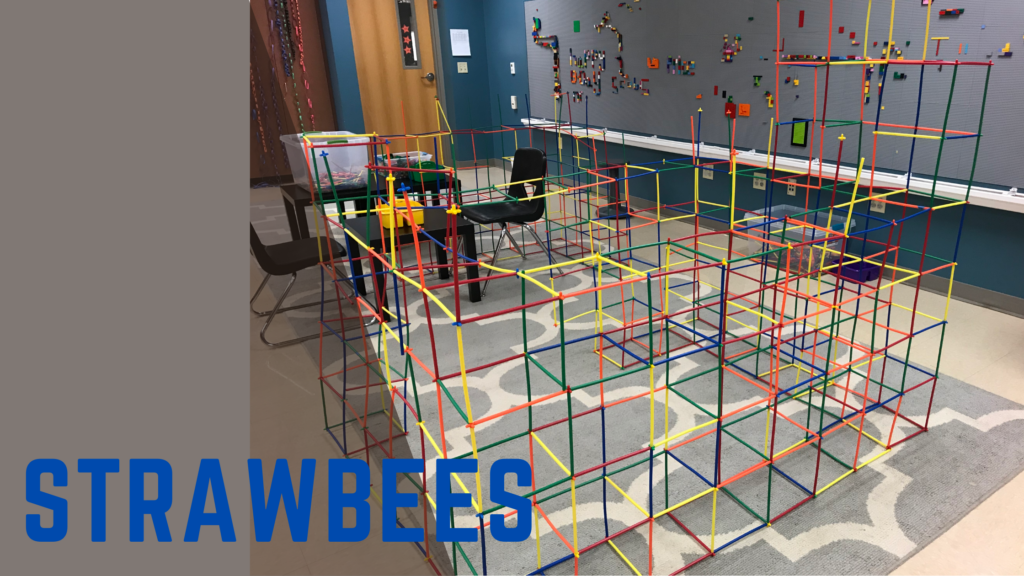
Design: Strawbees building straws are wider in diameter and stronger than regular drinking straws. The set includes five different lengths. The four connectors are color-coded with 1, 2, 3, and 5 legs. These materials are non-toxic, made of polypropylene (PP), and are 100% recyclable.
Open-Ended Play: Strawbees intuitive design requires no complex instructions, making it accessible for a wide range of ages and skill levels. With just straws and connectors, the possibilities are endless! Students can build anything from 3D models and whimsical sculptures to intricate bridges and even working mechanisms.
Classroom: Strawbees can be integrated with micro:bits and quirkbots. The Strawbees Classroom is a digital platform with engaging hands-on learning for STEAM subjects. Strawbees also has a teacher support library.
Cost: STEAM School Kit includes 4,000 pieces and curriculum aligned lessons and activities. The price is $700.00.
Sustainability: The Strawbees connectors and straws are easy to modify and are designed to be used over and over again. Strawbees can be placed in the dishwasher in mesh laundry bags for cleaning purposes. You can even boil the pieces in hot water for ultra cleanliness.
Incorporating reusable building materials into your classroom is a win-win for students and the planet. These versatile tools spark creativity, nurture critical thinking skills, and introduce STEM concepts in a fun and engaging way. From the classic appeal of wooden planks to the innovative click of interlocking connectors, there’s a perfect reusable building set waiting to be explored in your classroom. So ditch the disposable materials and embrace a world of sustainable building!

